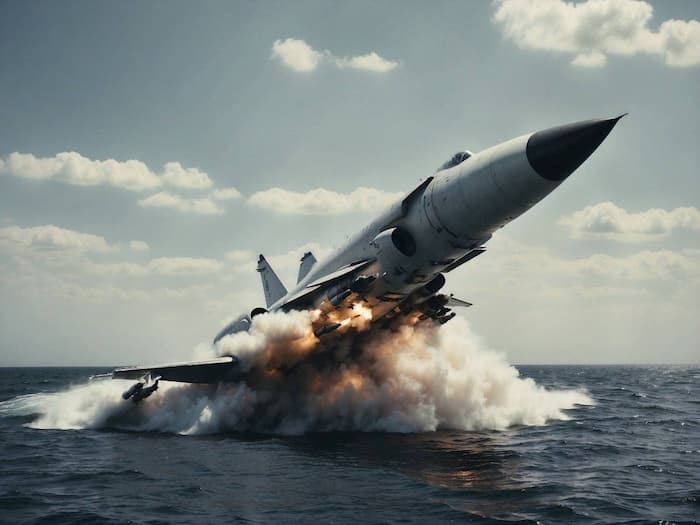
Written By Deepti Ratnam
Published By: Deepti Ratnam | Published: Oct 02, 2024, 09:53 AM (IST)

A missile defense system is defined as an assessment and mechanism for defense against missile threats before the enemy projectiles can hit their intended targets. Such systems are intended to protect a given state or several regions, for example, military bases, large populated centers, from missile attacks, including those with nuclear, chemical or conventional payload.
India’s BMD development began in 1999, after the Kargil war. India follows the ‘No first use’ policy. India’s anti-missile shield is a critical component of its defense architecture that assumes the responsibility of protecting Indian space from hostile neighbors. During the last few decades, India has been actively building up its strategic missiles as well as missile defense system. These systems are intended to identify, engage, and destroy threats posed by incoming missiles in the shortest time possible.
India’s shield against the enemies’ ballistic missiles is the Ballistic Missile Defence System – or BMD – with two layers of defense. The BMD system is divided into two phases: Phase I and Phase II. Both phases incorporate endo- and exo-atmospheric interceptors for extensive protection of targets.
At the moment, India only has phase I, wherein a Prithvi Air Defence (PAD) interceptor operates at elevated atmospheric levels. Hence, for the targets of the middle class, Advanced Air Defence (AAD) entails a supply of targets in the atmosphere. Such two tiers of formation give a violation-free zone in the form of a boulevard, which predicts a missile that focuses on the value of interest.
The still untested Phase II of the missile system is planned to strengthen India’s capacities in repulsing intermediate and intercontinental ballistic missiles (ICBMs). Currently still under construction, it will offer more protection against threats from farther away when functional. India tested the 2nd phase of the missile defense system in July.
India’s offensive missile arsenal is diverse, covering a range of capabilities:
Agni Series: This series includes Agni-I to Agni-V, which ranges from 700 km to over 5,000 km and is capable of delivering nuclear warheads.
BrahMos: A supersonic cruise missile developed with Russia, known for its precision and speed, and capable of being launched from land, sea, and air.
Nirbhay: A subsonic long-range cruise missile, designed for deep-strike missions.
Prithvi Series: Short-range ballistic missiles used for tactical battlefield operations.
India’s Defensive Missile Interceptor
Ashwin: Ashwin Ballistic Missile Interceptor is a missile defense system designed to intercept and destroy incoming ballistic missiles. It has a range of approximately 1,000 km and is designed to counter nuclear-tipped ballistic missiles.